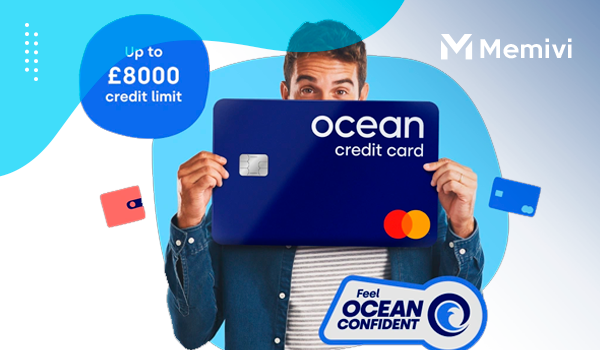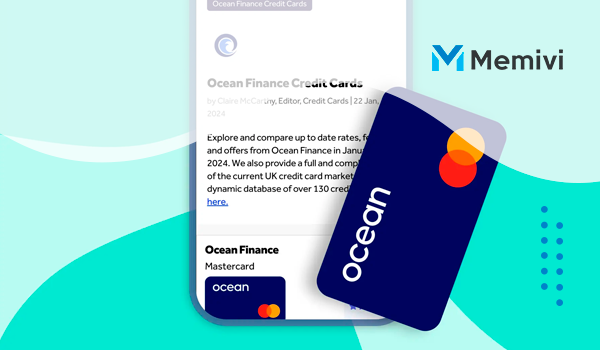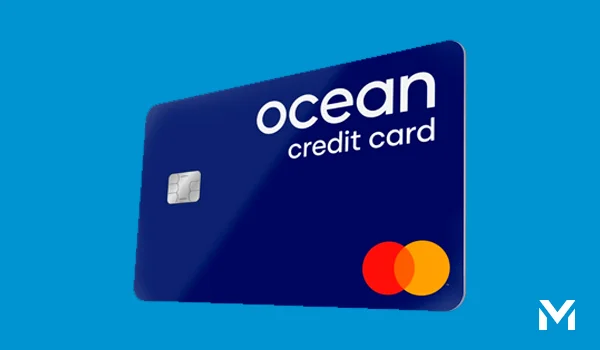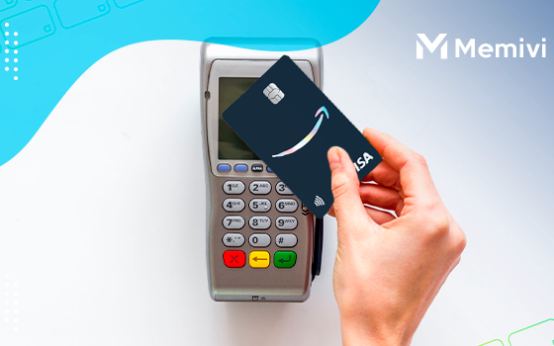
A Practical Guide to Getting the Most from the Ocean Card
The Ocean Finance Credit Card is not just about access to credit—it’s about taking control of your financial habits. If you’re ready to use it wisely, here’s how to turn this card into a real asset for your future.
Step-by-Step: How to Use the Card Effectively
- Use the Eligibility Checker First
Before applying, Ocean allows you to check your chances without affecting your credit score. This soft search tool helps avoid unnecessary rejections. - Start with Small, Recurring Expenses
Use the card for manageable charges—like mobile bills or streaming services. This builds payment history with minimal risk. - Always Pay in Full
Paying the full balance by the due date avoids high interest charges and sends a strong signal to credit agencies. - Set Up a Direct Debit
Automate your payments to avoid late fees and accidental missed payments. - Stay Below 30% Credit Utilisation
If your limit is £1,000, try to stay under £300 at any time. This is viewed favourably by lenders. - Monitor Your Credit Score Monthly
Use free credit check services to track improvements and catch issues early. - Request a Limit Increase Responsibly
After several months of positive use, you may be eligible for a credit limit increase—which can further boost your score if managed correctly.
FAQs – What People Really Want to Know
1. Does applying affect my credit score?
No. The initial eligibility check is a “soft search” and doesn’t impact your credit rating.
2. What’s the minimum credit limit I can get?
Typically, it starts at £200, but may go up to £1,500 depending on your profile.
3. Can I use it abroad?
Yes, though foreign transaction fees apply, so it’s not ideal for travel spending.
4. Is there a mobile app?
Yes, the card can be managed via the Capital One mobile app, where you can track spending and payments in real time.
5. How soon can I increase my credit limit?
Limit reviews typically happen after several months of consistent, responsible usage.
6. Will I get reminders before payments are due?
Yes, you can set up notifications via the app or email.
7. What happens if I miss a payment?
Missing a payment may lead to late fees and impact your credit score. It’s crucial to pay at least the minimum amount on time.
8. Can I use this card for balance transfers?
No, this card does not offer balance transfer features. It’s designed for credit building, not debt consolidation.
9. Do I earn rewards or cashback?
No. This card focuses solely on improving your credit profile.
10. Is it accepted everywhere?
Yes, it’s a Mastercard—accepted by millions of merchants worldwide.
Hidden Features & “Credit Hacks” Few Know About

- Pre-Application Coaching: Ocean’s website offers credit tips and guides before you apply. Take advantage to strengthen your approval chances.
- Track Improvement Over Time: Register with credit reference agencies like Experian or Credit Karma to monitor how your card use affects your credit profile.
- Use It to Build Positive Credit Mix: If this is your only credit line, adding it can help diversify your credit file—a minor but valuable scoring factor.
- Leverage Statement Cycles: Paying just before the statement date (instead of after) keeps reported balances lower, improving utilisation ratios shown to credit agencies.
- Negotiate Better Products After 12 Months: Once your score improves, use your new creditworthiness to apply for better deals with other lenders.
How to Maximise the Card’s Value
- Avoid Interest Altogether
This isn’t a rewards card—it’s a stepping stone. If you carry a balance, you defeat the purpose. Use the interest-free grace period wisely. - Treat It Like Debit—But Smarter
Spend only what you already have in your current account, then pay it back in full. - Sync with Budgeting Apps
Integrate with apps like Emma or Moneyhub to monitor spending in real-time and prevent unnecessary debt. - Stay on Top of Credit-Building Milestones
Every three months, evaluate your credit report. Set goals—such as achieving a 100-point increase in a year.
Alternatives and Complementary Solutions
While the Ocean Finance Credit Card is a solid choice for rebuilding credit, there are a few alternatives that may suit different needs.
The Aqua Advance card, for instance, rewards consistent repayments by gradually lowering your interest rate—ideal for those looking to save on long-term borrowing costs.
The Vanquis Chrome offers flexible credit limits that can increase over time with responsible use, helping to improve your credit profile and spending power.
Meanwhile, the Barclaycard Forward provides a lower APR after three months, making it attractive for those aiming to avoid high interest from the start.
Each of these cards shares a similar purpose but offers unique benefits, making them suitable as either alternatives or next steps once your credit improves.
Final Recommendation
For those starting their credit rebuilding journey—or getting a fresh start after financial difficulties—the Ocean Finance Credit Card provides a safe, structured, and effective foundation. It’s not built for luxury or perks, but rather to help you move forward. Use it wisely, stay consistent, and within a year, you may find yourself with a stronger credit score and new financial possibilities.
If used as intended, this card becomes more than plastic—it becomes a tool for financial transformation.



 How to Maximise the Value of the M&S Transfer Plus Mastercard <p class='sec-title' style='line-height: normal; font-weight: normal;font-size: 16px !important; text-align: left;margin-top: 8px;margin-bottom: 0px !important;'> Learn how to genuinely use this balance transfer credit card to cut interest costs while squeezing as much value out of it as possible. </p>
How to Maximise the Value of the M&S Transfer Plus Mastercard <p class='sec-title' style='line-height: normal; font-weight: normal;font-size: 16px !important; text-align: left;margin-top: 8px;margin-bottom: 0px !important;'> Learn how to genuinely use this balance transfer credit card to cut interest costs while squeezing as much value out of it as possible. </p>  Deep Dive Into the Amazon Barclaycard Visa: Real Value or Just a Niche Perk? <p class='sec-title' style='line-height: normal; font-weight: normal;font-size: 16px !important; text-align: left;margin-top: 8px;margin-bottom: 0px !important;'> An in-depth guide to maximizing this Amazon-branded credit card and how it compares in real-world usage. </p>
Deep Dive Into the Amazon Barclaycard Visa: Real Value or Just a Niche Perk? <p class='sec-title' style='line-height: normal; font-weight: normal;font-size: 16px !important; text-align: left;margin-top: 8px;margin-bottom: 0px !important;'> An in-depth guide to maximizing this Amazon-branded credit card and how it compares in real-world usage. </p>  Advanced Guide to the Fluid Credit Card: Maximising Your 0% Balance Transfer Window <p class='sec-title' style='line-height: normal; font-weight: normal;font-size: 16px !important; text-align: left;margin-top: 8px;margin-bottom: 0px !important;'> A comprehensive look at how to use the Fluid Card effectively, avoid costly mistakes, and evaluate smarter alternatives for UK consumers. </p>
Advanced Guide to the Fluid Credit Card: Maximising Your 0% Balance Transfer Window <p class='sec-title' style='line-height: normal; font-weight: normal;font-size: 16px !important; text-align: left;margin-top: 8px;margin-bottom: 0px !important;'> A comprehensive look at how to use the Fluid Card effectively, avoid costly mistakes, and evaluate smarter alternatives for UK consumers. </p>